The Supporting Actress Smackdown of 1938 is approaching. Unlike more recent years, when the nominees are well-known personalities to all of us, it's understandable that contemporary audiences might not be too familiar with these actresses from the 30s. Considering that, here's a little primer on each of the five women, their careers, their filmographies, and their legacies. They make up an exceedingly impressive lineup that includes Broadway stars, an opera sensation, and some of the most reliable character actresses of Hollywood's Golden Age…
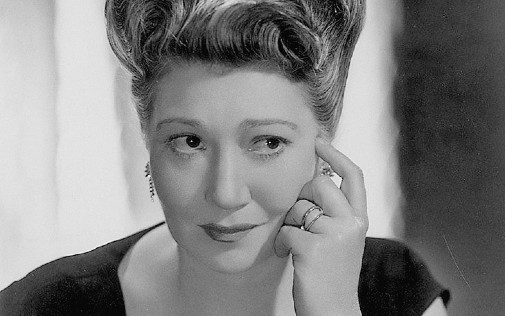
FAY BAINTER (1893-1968)
Before she ever appeared in front of movie cameras, Fay Bainter was a diva of the stage. She started working very early when she was only six and became part of a traveling show. By the age of eighteen, the young performer was making her Broadway debut, though her first few plays were notorious failures. Bainter only got the recognition she deserved in middle-age, but her theatrical legacy is astounding nonetheless, encompassing famous roles like Mary Tyrone and Fran Dodsworth, which she originated.
In 1934, Bainter appeared alongside Lionel Barrymore in This Side of Heaven, her first moving picture. Following that screen adventure, she became a regular presence in American cinemas. In 1938, a singularly great year for Bainter, she became the first performer to score a double nomination on the same Oscar season. She won the Supporting trophy for her turn as Aunt Belle in William Wyler's Jezebel. Her co-star on that movie, Bette Davis, conquered the Best Actress award, defeating Bainter's heartfelt portrayal of regretful motherhood in White Banners.
Unlike some of her fellow 1938 Best Supporting Actress contenders, Fay Bainter never abandoned the stage, though she continued to do movies into the 60s while also taking her chances on the small screen. With her sad eyes and smoky voice full of honey, Bainter was always an arresting presence. She could tell tragic tales of woe with a single look and make a modest line-reading ring with hidden depths.
Essential Viewing: Make Way for Tomorrow (1937), Jezebel (1938), White Banners (1938), State Fair (1945), The Children's Hour (1961).
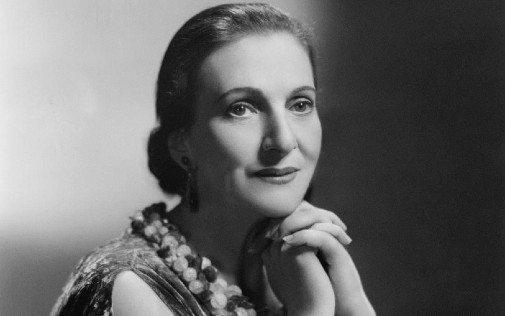
BEULAH BONDI (1889-1981)
Beulah Bondi's stage debut happened at the tender age of nine when she played the title role of Little Lord Fauntleroy at the Opera House her father managed. Her road to stage success was a long and twisted one but, by the late 20s, Bondi was a working Broadway actress. In 1929, she got her big break playing one of the many dispossessed characters in Elmer Rice's Street Scene. The role would represent a major turning point for the actress.
When King Vidor brought the hit play to the big screen, Bondi reprised her part and made her film debut in an impactful fashion. She enters the movie picking at her wedgie and proceeds to chew the scenery with remarkable aplomb, all while showing a keen eye towards naturalistic detail. In no time, Bondi would find a secure place in Hollywood as a character actress, often playing saintly mothers and other such figures. Along the way, she even got to enjoy some bigger parts. If you want to get your heart broken, check out her miraculous work in Make Way for Tomorrow.
Despite her type-casting as many darling mothers (she was Jimmy Stewart's mum five times!) and devoted wives, Bondi never married or had any children. Instead, she built a formidable career that netted her two Oscar nominations, a star on the Hollywood Walk of Fame, and an Emmy win. Beulah Bondi died in 1981, after injuring herself by tripping over her cat. She was 91 and left behind a filmography many would kill for.
Essential Viewing: Street Scene (1931), Make Way for Tomorrow (1937), Vivacious Lady (1938), Penny Serenade (1941), It's a Wonderful Life (1946)
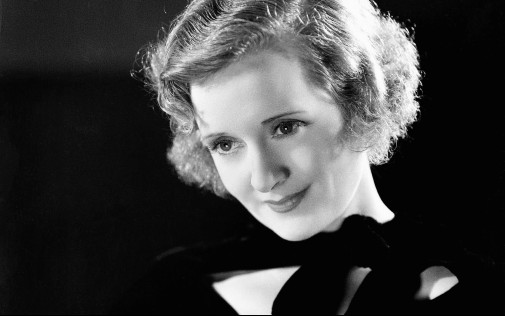
BILLIE BURKE (1884-1970)
Before she got her first and only Oscar nomination, Billie Burke had already been a character in a Best Picture winner. 1936's The Great Ziegfeld featured Myrna Loy playing Burke during her time as a Ziegfeld's wife. Not that Loy tried to replicate Burke's trilling voice or her flighty screen presence. To do so would have been a fool's errand on Loy's part, for Billie Burke was truly one-of-a-kind, inimitable, iconic.
Daughter to a famous clown with royal blood and a place on P.T. Barnum's circus show, Billie Burke was destined for show business. After some stage work, Burke started doing motion pictures when she was 22. Thanks to 1916's Peggy, she briefly became the highest-paid actress in Hollywood History. That blinding stardom wouldn't survive the passage of time and Tinsel Town's well-known ageism towards women, but she was a successful character actress thanks to such hits as the Topper series and The Wizard of Oz, where she famously played Glinda the good witch.
According to Billie Burke, to survive in Hollywood, one needs 'the ambition of a Latin American revolutionary, the ego of a grand opera tenor, and the stamina of a cow pony'. Burke, who worked until she was 75, had it all.
Essential Viewing: Dinner at Eight (1933), Topper (1937), Merrily We Live (1938), The Wizard of Oz (1939), Sergeant Rutledge (1960).
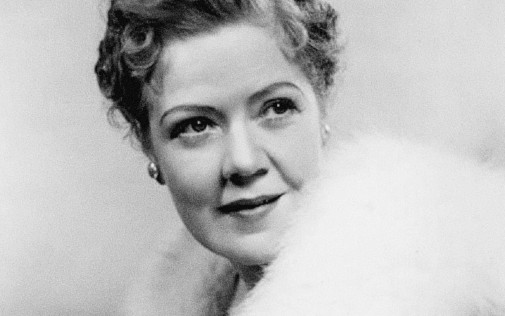
SPRING BYINGTON (1886-1971)
From RKO to MGM, from the 30s to the 60s, Spring Byington was one of Hollywood's most dependable character actresses. She started her career on stage, acting her way through South America performing in Spanish and Portuguese, before heading to Broadway. It was in the New York stage that she grabbed the attention of some Hollywood execs and got the role that would change her life. As Marmee March in 1933's big-screen adaptation of Little Women, Byington was a beacon of motherly warmth and lived-in loveliness, a character-type that would define the actress' career on screen. After such success, Byington never returned to the stage.
While she was often type-cast, Byington was a canny performer, able to lace familial whimsy with an astringent note of sorrow. Even in screwball comedies, she mined humor for aching humanity and showed that her characters' kindness wasn't necessarily effortless. During the war years, she started to act on the radio and, in the 50s, branched out to the small screen too. Thanks to her success in film and TV, she has two stars on the Hollywood Hall of Fame.
Unlike the conservative ideals of maternal subservience she embodied on-screen, Byington was divorced and a working single mother for a good part of her career. She was rumored to have affairs with women, including fellow character actress Marjorie Main. Spring Byington was also a science-fiction aficionado and an amateur aviatrix. Unfortunately, MGM wouldn't allow her to indulge in that flying passion.
Essential Viewing: Little Women (1933), You Can't Take It With You (1938), The Devil and Miss Jones (1941), Presenting Lily Mars (1943), Dragonwyck (1946).
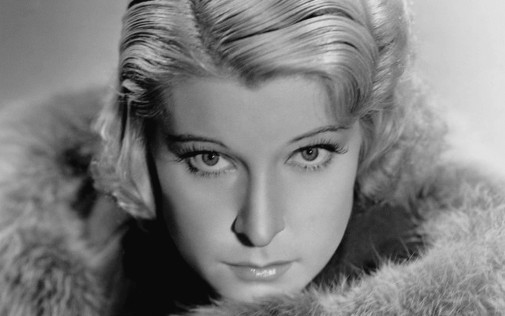
MILIZA KORJUS (1909-1980)
Out of these five actresses, Korjus is the one with the least amount of titles in her filmography. In fact, the Polish performer only ever did three pictures and, in one of them, only her voice made an appearance. Much more than a big-screen starlet, Miliza Korjus was an opera sensation.
Classically trained from an early age, Korjus was part of the Dumka Chorus in Kiev during her teens and toured the Soviet Union with them. Under paternal influence, she went on to tour through Eastern Europe and, after marrying Dr. Kuno Foelsch, she moved to Germany where she found work at the Berlin State Opera. Through recordings of her singing, Miliza Korjus quickly became famous internationally. At a time when Hollywood was investing in making new stars out of opera singers, she captured the attention of Irving Thalberg and got working on her film debut as an actress, The Great Waltz.
For that movie, Korjus got an Oscar nomination and was even invited to sing the Star-Spangled banner at the Academy Awards. Everything was looking up for Korjus as far as cinematic success was concerned, but an unexpected car accident dashed those dreams. With the advent of World War II, she took refuge in Mexico where she would act in her final film, 1942's Caballería del Imperio.
Essential Viewing: The Great Waltz (1938).
Don't forget to watch the films and send in your votes since this is a tight race.